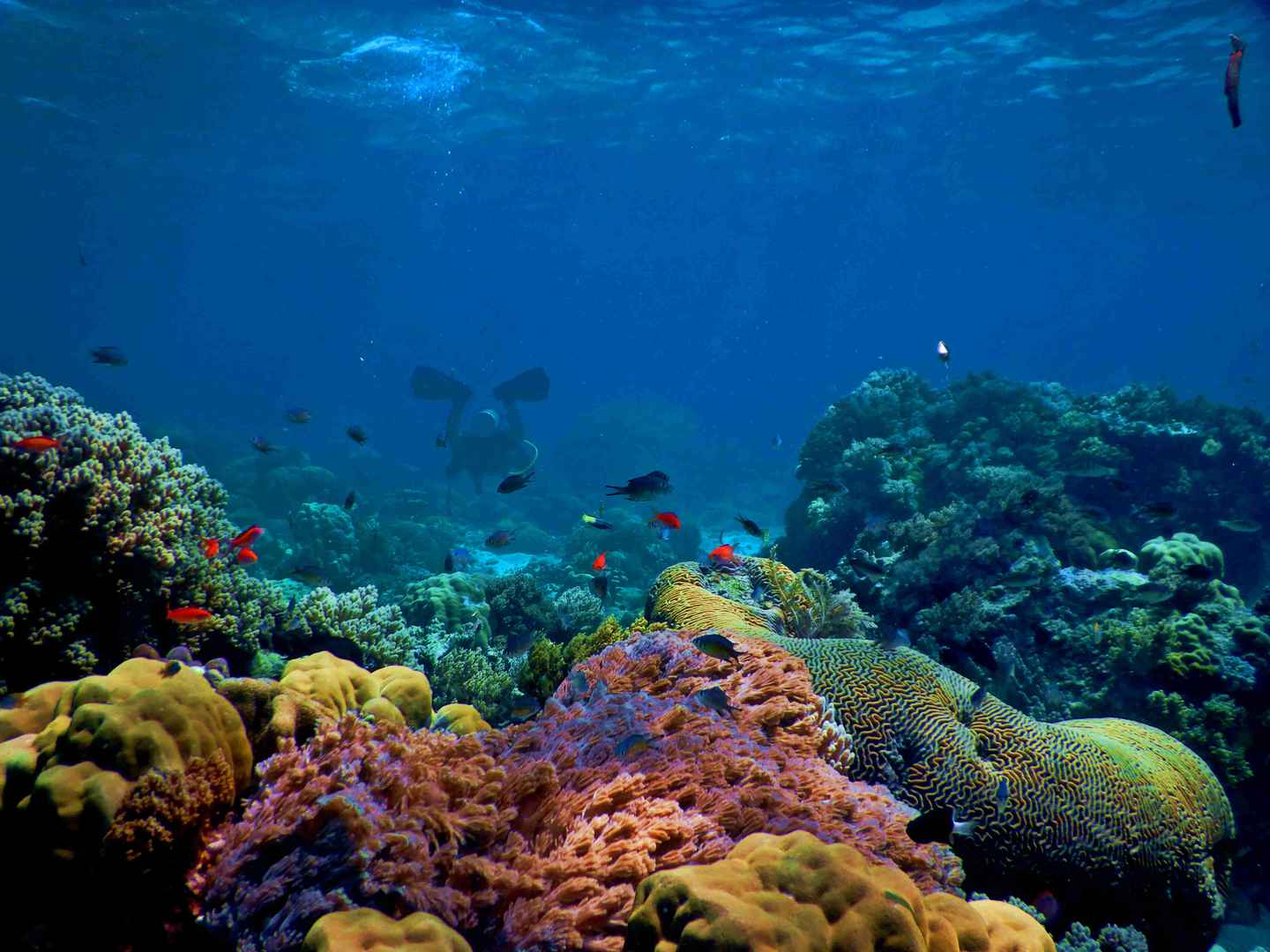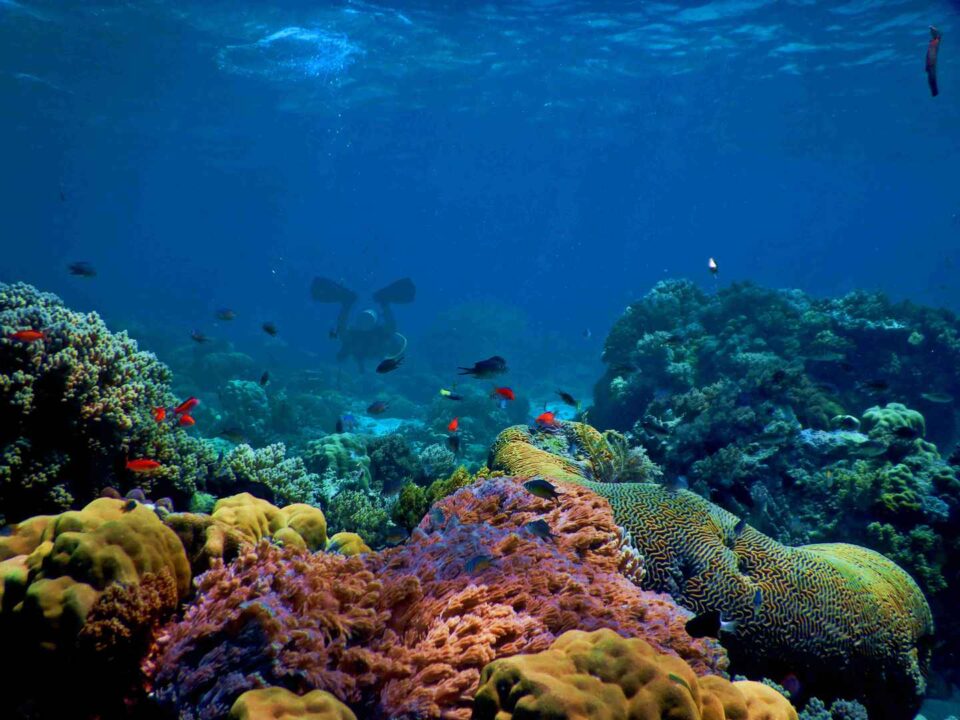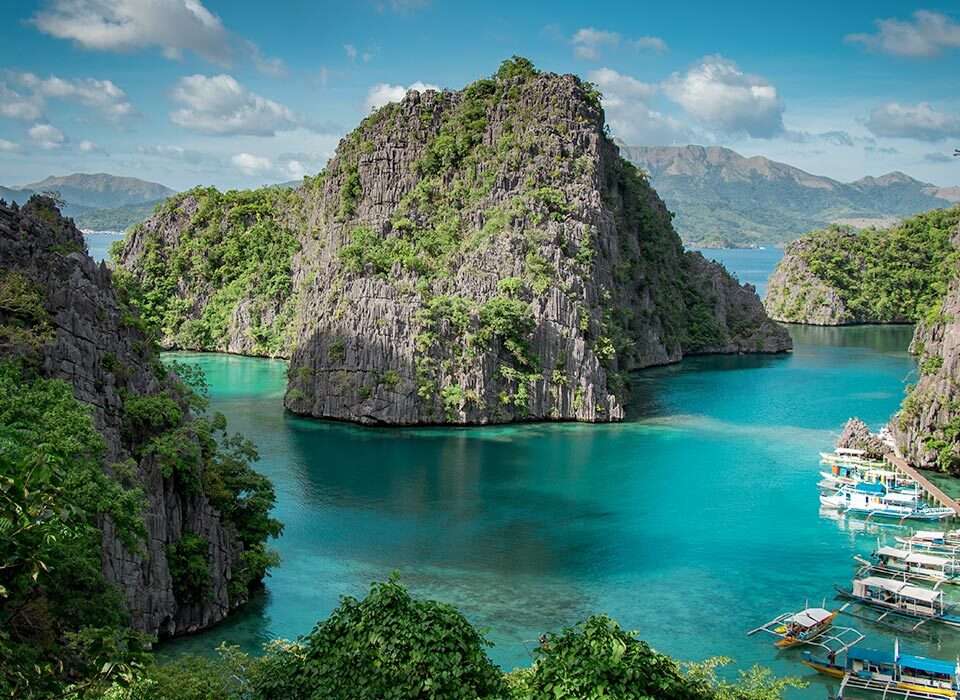
THE DEEP SEA
July 27, 2022
SEAGRASS
July 27, 2022Mangroves are survivors. With their roots submerged in water, mangrove trees thrive in hot, muddy, salty conditions that would quickly kill most plants. How do they do it? Through a series of impressive adaptations—including a filtration system that keeps out much of the salt and a complex root system that holds the mangrove upright in the shifting sediments where land and water meet. Not only do mangroves manage to survive in challenging conditions, the mangrove ecosystem also supports an incredible diversity of creatures—including some species unique to mangrove forests. And, as scientists are discovering, mangrove swamps are extremely important to our own well-being and to the health of the planet. The question is: Will mangroves be able to survive the impact of human activities?
What Are Mangroves?
Distant Relatives
A mangrove is a woody tree or shrub that lives along sheltered coastlines within the tropic or subtropic latitudes. In fact, the various species of mangroves aren’t necessarily closely related to one another, but they do share the unique capability of growing within reach of the tides in salty soil. Some mangrove species live so close to the shoreline that they are flooded with salt water every day as the tide comes in and submerges their roots. All mangroves have evolved special adaptations that enable them to live in salty, oxygen-poor soil.
Under the strictest guidelines, there are roughly 54 true species of mangrove belonging to 16 different families. However, because distinguishing a mangrove species is based upon physical and ecological traits rather than family lineage, scientists often differ in what they consider to be a true mangrove. Some species like Conocarpus erectus, the buttonwood, are often grouped with mangroves since they hug the upper edge of mangrove forests, however, they lack many of the characteristic adaptations of mangroves and are labeled “mangrove associates.” When all plants that live in a mangrove environment are accounted for, there are well over 80 mangrove species.
Mangrove can also be used as a term that refers to an entire community. The tree and shrub foliage create a rich habitat for other plants and animals to call home, and the branching root system underwater creates a safe haven for many fish, especially easily preyed upon young. Scientists will refer to this as the mangal, but mangrove or mangrove forest works just the same.



